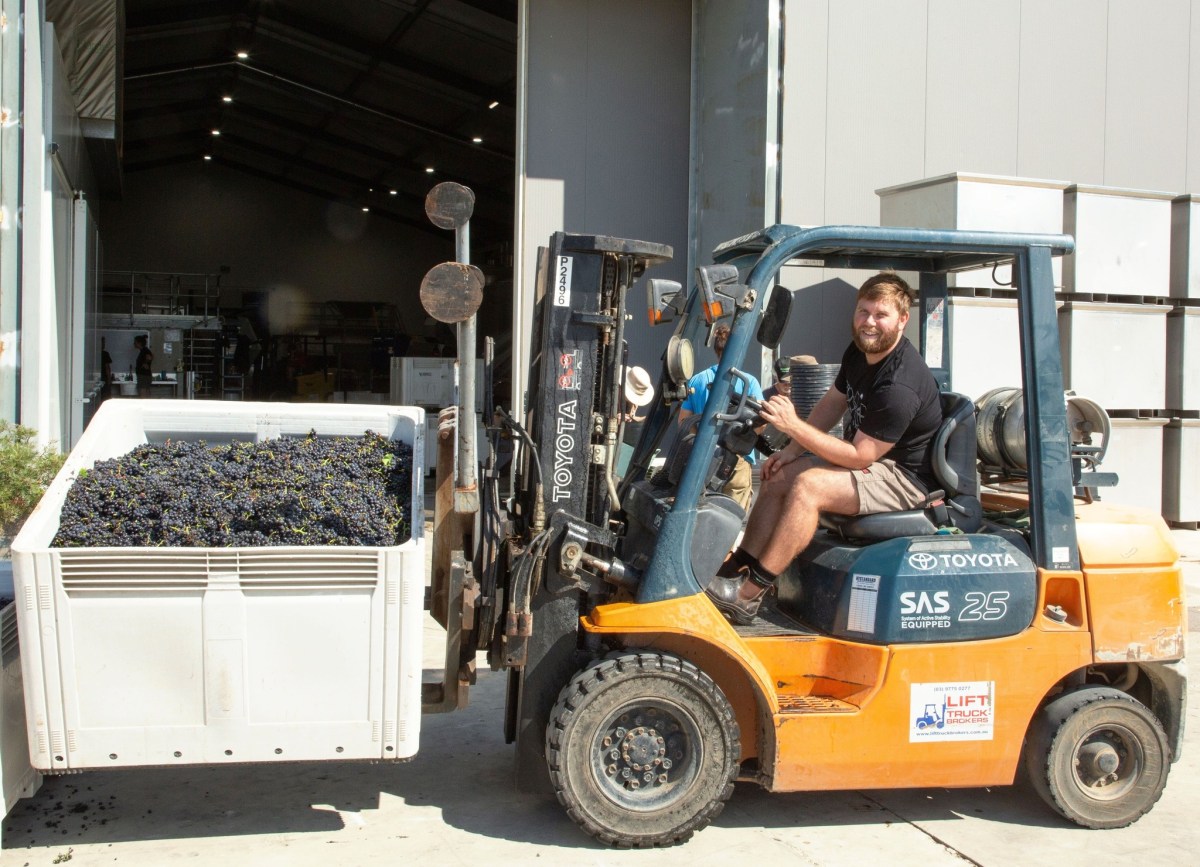Difficult weather conditions in Victoria over the 2024 vintage presented challenges for grapegrowers, but there are still some promising results for certain varietals, according to this year’s vintage report.
While weather conditions from September to November were relatively stable, heavy rainfall in December and January presented a significant challenge. Reaching up to 70mm, the rainfall affected the critical two-week flowering period.
Downhill vineyards fared better, but uphill vineyards struggled with wet and humid conditions, leading to widespread downy mildew and bacterial inflorescence necrosis. In particular, high-elevation vineyards around Main Ridge suffered significant yield losses as a result of the rainfall. However, regions such as Tuerong, Balnarring, Moorooduc, and lower, northerly vineyards maintained good yields and concentration.
Following this period of heavy rainfall, there was a seven-week period with no rain, starting at veraison, the grape ripening period. The lack of rain and two significant heat waves resulted in higher levels of titratable acidity and pH, which winemakers will need to balance during vinification.
Harvest occurred about two weeks earlier than usual, around 16 February rather than the usual 1 March start date. Despite heat accelerating ripening and shortening the vintage period, little crop damage was reported.
Olivia Barrie, CEO, Mornington Peninsula Wine, spoke to the positive attributes of the 2024 vintage.
“This pressure to expedite harvest contributed to exceptional colour, intensity, and pleasing flavour profiles.
“Chardonnay is looking especially smart, with pinot noir adding layers and complexity to the vintage. Other red varietals are progressing at their usual pace, with expectations of being in tanks by mid-April. Overall, wineries with vineyards spread across the region experienced mitigated risk, highlighting the importance of diversification in managing vintage and climate challenges,” she said.

